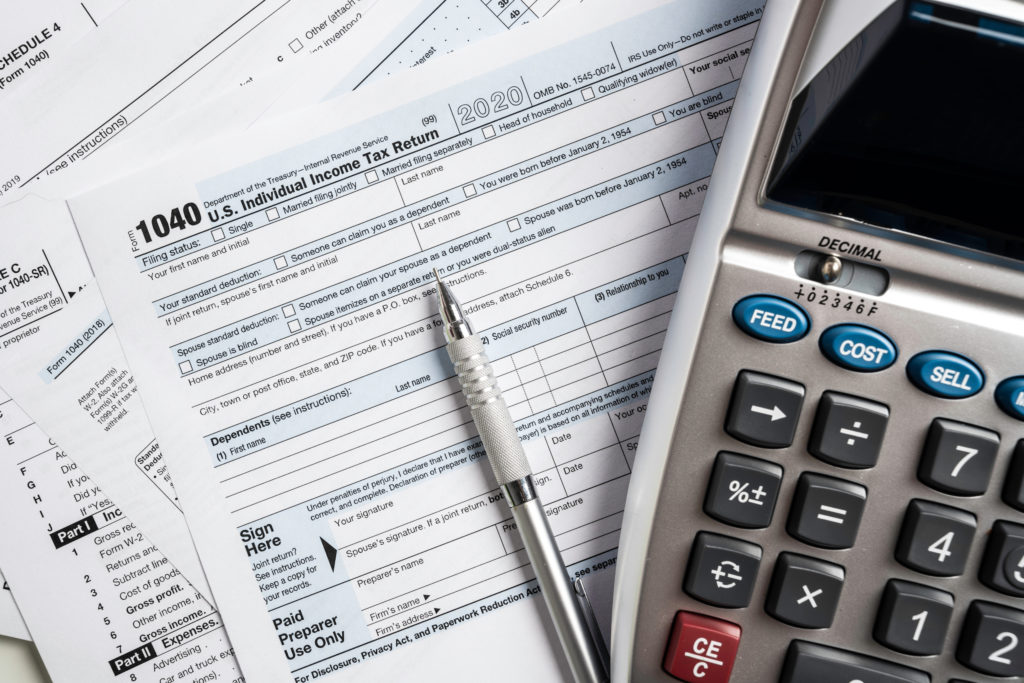Client Question: Tax Withholding
December 8, 2022
Taxes – everyone’s favorite subject! I’ve been working with several clients in the past month to process Required Minimum Distributions. As those amounts are taxable, as part of that process, I consult with their tax advisors to run a quick tax estimate and calculate the appropriate withholding amount.

As I’ve worked thru this process, it occurred to me this may be a good topic to provide a bit of a refresher on, so here it goes!
Tax withholding on wages as an employee
Tax withholding is a way for federal and state taxing authorities to maintain a “pay as you go” tax system – meaning that as employees earn income from employers via their paychecks, federal and state (if applicable) income taxes are withheld and remitted directly to the taxing authorities. Payroll taxes are also withheld (which are used to fund social security and medicare).
The amount of withholding is determined by the input you provide to your employer via a Form W4.
It’s a very efficient system and results in tax payments being paid in a orderly fashion. Can you imagine if the government had to track down tax payments after the fact!
Self-employed individuals
If you are self-employed, you may have a business structure that doesn’t allow for direct tax withholding via payroll as described above. In that case, you use quarterly estimated tax payments to remit your income and payroll taxes to the respective governments.
Other types of withholding
There are other activities that are subject to tax beyond wages. Items such as pensions or investment activities (like pre-tax retirement distributions) are subject to income tax. Utilization of withholdings on these payments is a best practice to avoid any underpayment penalties. Withholding levels can be set and changed as needed with the party making the distribution (ie: former employer for pensions, broker/dealer for retirement distributions)
How do withholdings factor into taxes?
Each year, you file a tax return to determine the amount owed at the federal and state level (if applicable). The amount of taxes owed is compared against any withholdings and/or estimated tax payments made throughout the year. (A W2 is issued to each employee showing withholdings, a 1099 is used to show other payments and related withholdings (like pensions and RMDs), and self-employed individuals must track payments they have made directly).
If you have paid in more than is due, you have a refund. If you have paid in less than due, you owe the difference.
Why does withholding matter?
Taxes are due as income is earned. As a result, the timing of tax payments matters and a failure to pay the right amount and/or pay them at the right time can result in penalties and interest. And even if a penalty isn’t due, having a large amount owed come tax day can be a very unwelcome event for many people.
How can I determine if i’m on track
As we always say, working with a tax advisor is a great approach. They can help you review your current tax estimates, project your likely tax liability, and adjust your withholdings are needed.
Happy withholding!
Leave a Reply
You must be logged in to post a comment.
Leave a note